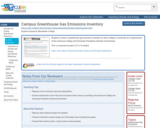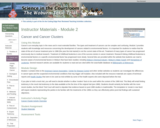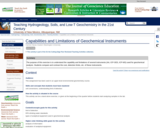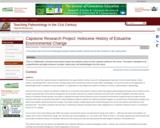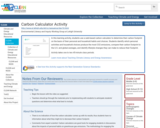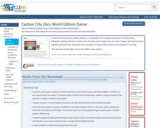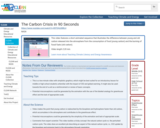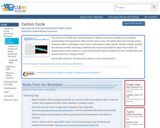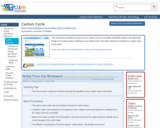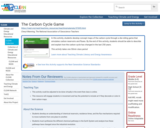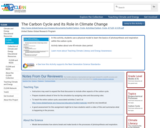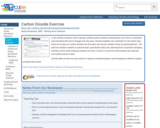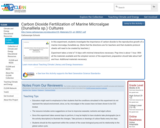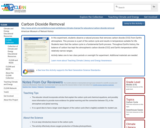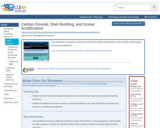Students conduct this investigation collaboratively and with minimal guidance from the instructor. Students are presented with the research problem at the start of the semester, typically within the first week of classes. Soon after, a class-wide discussion is facilitated through the posing of some preliminary questions. Eventually and within the first few weeks, students outline a project design and methodology for implementation in the field and laboratory. Along the way and as project-pertinent topical units are covered, students are given journal articles to read that might further their thinking about the project, might present some appropriate methodology, or might serve as a model investigation.
Field work is accomplished early in the semester and with minimal time invested. Because scheduling field trips that can accommodate everyone is difficult, the field experience is optional. In these situations, someone chronicles the field work with either a digital still camera or digital videocamera and then these are shared with everyone in the class.
All aspects of the project are collaborative; students collect and share data, prepare and share figures and tables, and collectively prepare the poster and abstract.
The following files are uploaded as supportive teaching materials:
1. Geobio Research Project Description F08.doc: This is the project overview that is distributed to students as a handout at the start of the semester.
2. Geobio Research Project Qs.doc: This set of questions is distributed early in the semester to spark a discussion and to aid in the design of the project.
3. Geobiology GSA SE 2009 Abstract.doc: This is a copy of the abstract that was submitted to the 2009 Southeast Section Geological Society Of America meeting in St. Petersburg.
4. Geobio GSA SE09 Poster.ppt: A copy of the poster presentation given at the 2009 Southeast GSA meeting.
(Note: this resource was added to OER Commons as part of a batch upload of over 2,200 records. If you notice an issue with the quality of the metadata, please let us know by using the 'report' button and we will flag it for consideration.)

